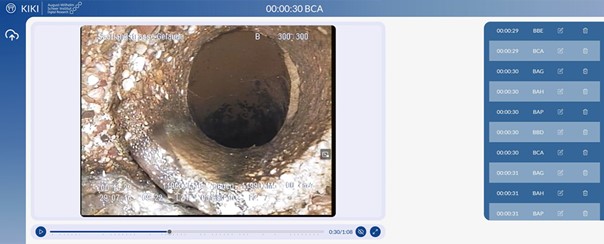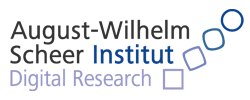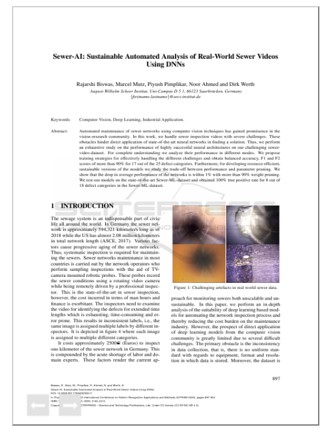The AI-driven sewer assessment provides an effective solution for the laborious and monotonous canal inspection. In this way, condition states and damages in the sewer are captured through automated image recognition. This contributes to an efficient sewer inspection process and supports the specialized personnel.
Sewer inspection is characterized by a monotonous and repetitive process that ties up time and resources. At the same time, the industry is facing a shortage of skilled workers, leading not only to a lack of qualified talents but also to an excessive workload on the existing workforce. This overload affects the quality of sewer inspection, as fatigue and diminishing concentration can result in faulty and subjective assessments.
AI-driven sewer assessment provides an effective solution to make the inspection process more efficient, relieving, and objective. The solution has been implemented in the company's proprietary cloud. A user can upload the sewer inspection video through a web service, which is then analyzed by the AI models located in the backend. Twenty-five AI models based on image data were trained for respective condition states and damages, initially covering prioritized and frequently occurring states. After processing, a list of captured condition states and damages is displayed, which can be tracked in the video. A simple click on a damage jumps the video to the corresponding timestamp to self-verify if the AI made a correct capture. The result is a documented condition and damage assessment that is relevant for evaluation by engineers. This allows initiating necessary actions such as repairs and rehabilitations.
In the project "KIKI", the solution was implemented in the cloud, meaning that a sewer inspection video must be available for analysis. This leads to a two-stage and downstream process where the sewer is first recorded before the analysis takes place. However, the original vision is to employ automated state classes assessment directly during the recording of the canal to avoid a two-stage, downstream process via the cloud.



